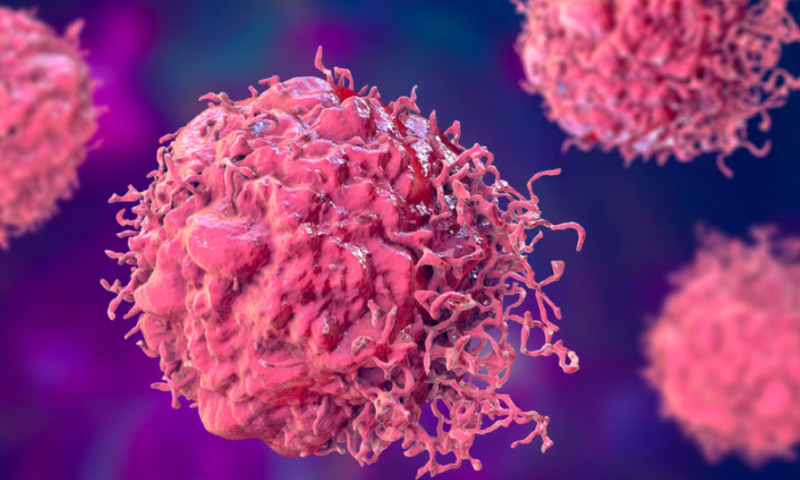Cancer cells will stop at nothing to grow—right down to deleting sections of their DNA that contain growth suppression genes. In the process, they sometimes delete genes they need to regulate crucial metabolic pathways, requiring them to recruit backup genes, or paralog genes, to make up for the missing functionality.
Pinning down paralog genes generally requires tedious screenings that give limited information about the metabolic pathways they’re regulating. Now, a team of researchers from the University of Michigan and Indiana University has used machine learning to streamline the process and add context that could make precision medicines more precise.
“This could revolutionize the precision medicine field because the drug targeting will only affect and kill cancer cells and spare the normal cells,” Deepak Nagrath, Ph.D., senior author of the study, said in a press release. “Most cancer drugs affect normal tissues and cells. However, our strategy allows specific targeting of cancer cells.”
In their study, published Sept. 21 in Nature Metabolism, the researchers described how they used a machine learning approach called collateral lethal genes identification via metabolic fluxes, or CLIM, to identify paralog gene pairs and study cancer cell metabolism. This information is key to developing new, more effective therapies, first author Abhinav Achreja, Ph.D., explained in an interview.
“Our platform actually makes predictions based on the modeling of the metabolism,” Achreja said. “When it’s making predictions about whether different genes interact, it’s already answering the question to why the link between them exists in the first place.”
The researchers’ lab has long studied metabolic processes in ovarian cancer. While doing some data mining to find a good case study for their algorithm, they noticed that one gene in ovarian cancer cells, UQCR11, was often deleted alongside a growth suppressor gene. UQCR11 plays an important role in cell respiration; if the cells were still surviving, it meant they must be making up for its function elsewhere.
With the help of CLIM, the scientists pinned down the cells’ Plan B. Deleting UQCR11 upregulated the activity of a gene called MTHFD2, which was supplying the necessary components for cell respiration in its absence.
A series of cell culture experiments and animal testing backed up the algorithm’s results. Inhibiting MTHFD2 in cells without UQCR11 had profound effects on cell metabolism. Transplanting ovarian cancer cells in which MTHFD2 was knocked down into mice where UQCR11 was also deleted led to cancer remission.
Notably, the cancer cells the researchers studied all had distinctly different genetic profiles and tumor microenvironments—two ways by which they could make up for the loss of the primary and backup genes. The fact that inhibiting MTHFD2 in cells without UQCR11 resulted in cancer remission suggests that it has broad efficacy, the researchers noted in their paper.
This isn’t the first time MTHFD2 has been implicated in ovarian cancer or other types of cancer, for that matter. It’s highly expressed in a variety of malignancies—both solid and hematological—and researchers have proposed multiple mechanisms for its role. But while there has been no shortage of promising preclinical research on MTHDF2 inhibitors, treatments targeting it have not yet made it to clinical trials.
This is where CLIM can help, Achreja said. The algorithm showed that MTHFD2 plays a very specific role in filling in for UQCR11—one that might have been hidden from other, less robust analysis. Perhaps it’s in a subset of patients whose cancer cells have MTHFD2 working as a backup gene for UQCR11 that its inhibition would have the most therapeutic benefit.
“By finding this link, we may be able to improve MTHDF2 gene treatments by at least making screening patients better, where we’re looking into their tumors and seeing that MTHDF2 is playing this role,” Achreja said. “This could let us pick patients out as viable candidates for MTHDF2-targeting treatments.”

